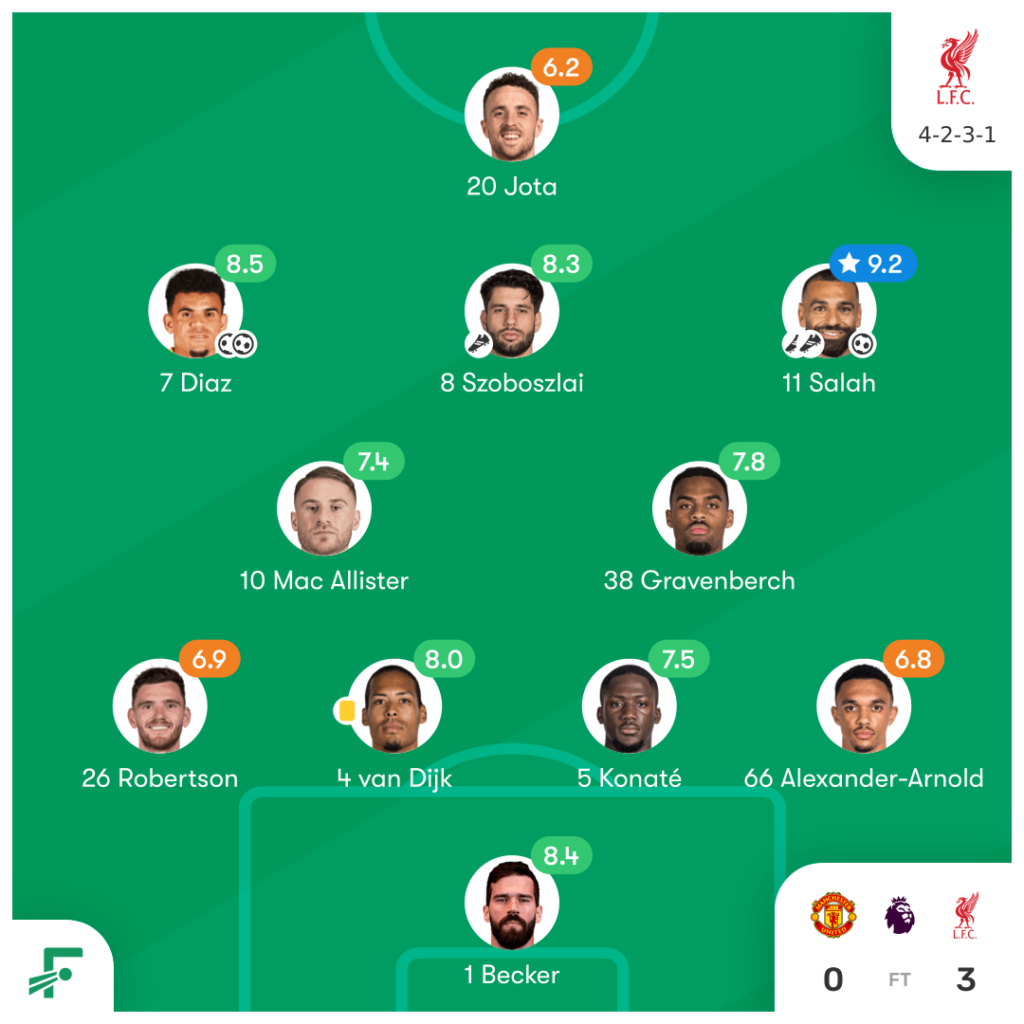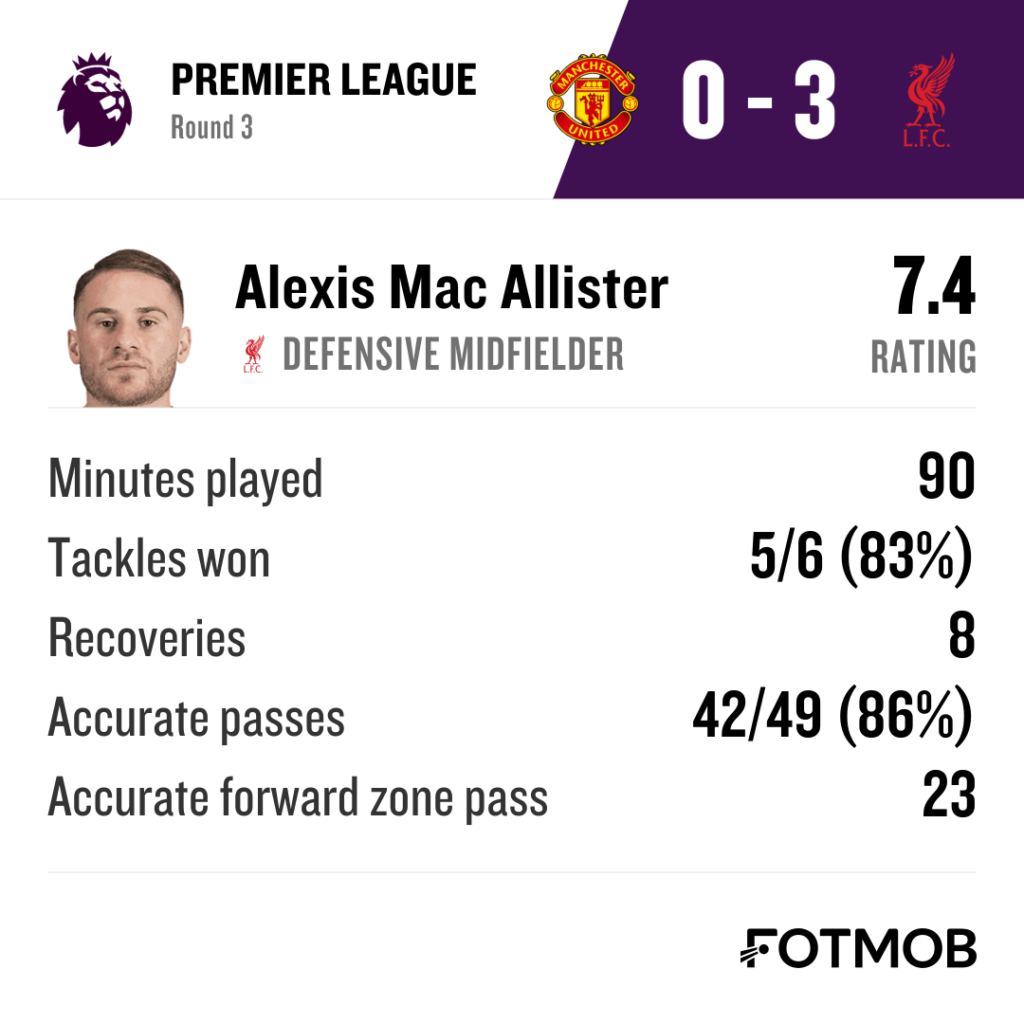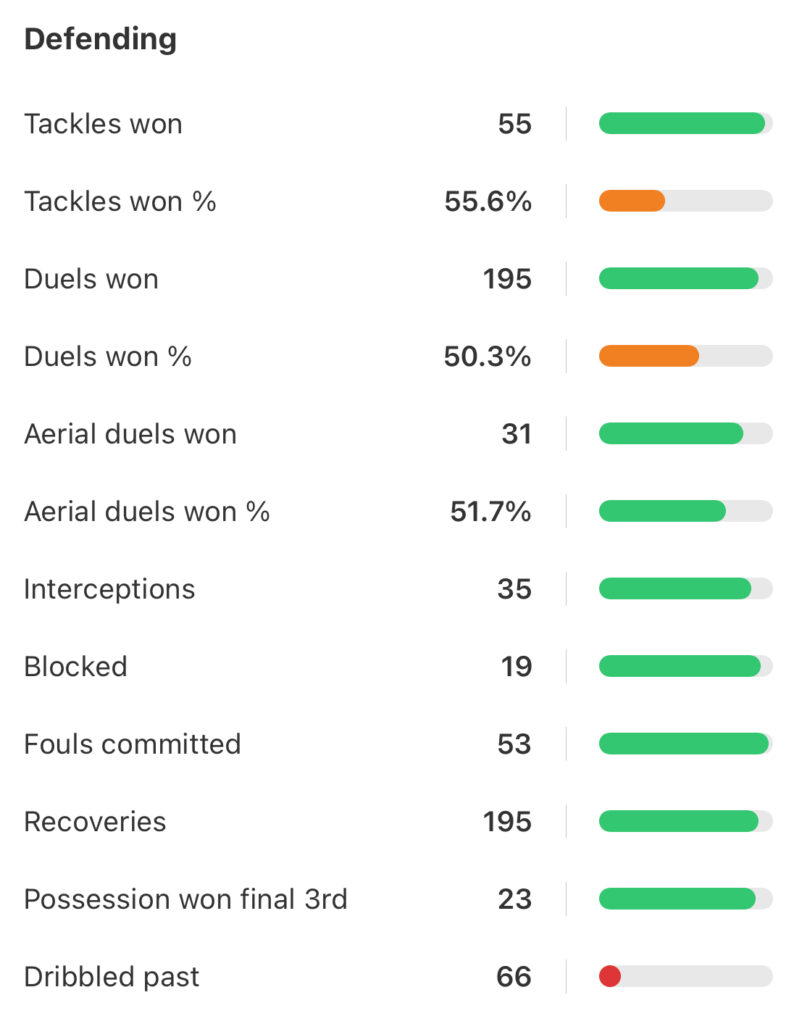By Jack Lusby, ThisIsAnfield.com
When the transfer window closed with Federico Chiesa the sole new arrival at Liverpool – along with a deal agreed to bring goalkeeper Giorgi Mamardashvili to Anfield in 2025 – there was an uproar among certain sections of the club’s support.
Liverpool went into the summer in agreement that a defensive midfielder and a wide forward were the priorities for new head coach Arne Slot, but only came away with one of those positions boxed off.
Spurned by Martin Zubimendi, who opted to continue playing to the backdrop of the San Sebastian mountains, those within their recruitment team resolved that there would be no panic buy – unlike perhaps a year previous when Wataru Endo was signed following failed deals for Moises Caicedo and Romeo Lavia.
While Liverpool were clear in the distinction between ‘manager’ Jürgen Klopp leaving and ‘head coach’ Slot arriving, and therefore a shedding of non-footballing responsibilities, the decision not to pivot to an alternative target will have come with the latter’s blessing.
There was certainly no concern from Slot, who installed Ryan Gravenberch as his No. 6 upon returning to pre-season and retained his compatriot in the role for back-to-back 2-0 wins over Ipswich and Brentford.
When Erik ten Hag and Manchester United’s analysts will have pored over Liverpool’s new setup in preparation for their visit to Old Trafford, then, there will have been an expectation for the 22-year-old to remain the focus in that deep-lying role.

Only things were different in Manchester: the same midfield of Gravenberch, Dominik Szoboszlai and Alexis Mac Allister were named on the teamsheet, but it was the Argentine deployed as the No. 6.
It brought a trio of excellent performances, with Gravenberch’s agility and running power key in breaking the lines and Mac Allister a tour de force both defensively and in progressive play in possession.
Only Virgil van Dijk (17) made more defensive actions than Mac Allister (10), who also recorded the most tackles won (5/6), the second-most recoveries (eight) and the third-most passes (42/49) of any Liverpool player.

The No. 10 contested more duels than any of his team-mates (14), and though he only won six of those, his tackle success rate (83%) showed how effective he was.
“Today you saw with [Ryan], Dominik and Macca, how much they were able to keep on running,” Slot told journalists in his post-match press conference.
“Because sometimes you’re late, but they just kept on running and arriving in the duel.”
Liverpool dominated the midfield battle, so much so that Ten Hag hauled Casemiro off at half-time for the inexperienced Toby Collyer, and it was the relentlessness of Mac Allister that played a bit part in that.
The Argentine’s front-footed approach led to the third goal of the afternoon for Mohamed Salah, catching Kobbie Mainoo in possession and driving forward in a move that saw the No. 11 sweep home for 3-0.
It is not a new role for Mac Allister, of course.
Having arrived from Brighton with an expectation that he would serve as one of Klopp’s two most advanced midfielders, he instead spent much of his first campaign in the holding role vacated by Fabinho.
That took time to get used to, but it refined his quality off the ball: no Liverpool player won more tackles per 90 minutes in last season’s Premier League than Mac Allister (1.9) and only Trent Alexander-Arnold (1.3) averaged more interceptions (1.2).

While Klopp used his No. 6s in the more traditional sense of a defensive midfielder – a blueprint laid out by Fabinho, who was nicknamed ‘The Lighthouse’ by assistant manager Pepijn Lijnders – the role has undoubtedly changed under Slot.
Slot scoffed at one reporter’s question on his use of a 4-2-3-1 in his unveiling press conference, but the roles of his three midfielders are at least closer to that basic structure.
That means a No. 6, a No. 8 and a No. 10, but with all three players fluid in their duties, and Liverpool’s buildup play is now centred around that unit.
There was a moment in the 3-0 victory at Old Trafford that summed it up, as Szoboszlai, Salah, Gravenberch and Alexander-Arnold replicated a training-ground rondo with Collyer and Marcus Rashford hopelessly chasing passes.
The ball was eventually played to Mac Allister in the centre and a chance opened up which almost led to a fourth goal – he was stationed deepest to provide the same stability, but he was as involved as the two midfielders marked as No. 8 and No. 10.
Ironically, there is a sense that the player Liverpool’s owners were willing to break their transfer record for, bidding £111 million for Caicedo before his move to Chelsea, would no longer suit the requirements for a No. 6 in Slot’s system.
Liverpool no longer have room for a destroyer in their engine room, and the Dutchman’s use of both Gravenberch and now Mac Allister has underlined that.
It does not mean a deep-lying midfielder is no longer a priority in future transfer windows, but these early signs do seem to vindicate the club’s stance that they would only sign an ideal player for the position, rather than a stopgap to appease fans and bulk out the squad.
Slot’s decision to flip Gravenberch and Mac Allister’s roles caught Manchester United by surprise, and it displayed that he has at least two options capable of performing the task in his new midfield setup.
While Gravenberch may be his de facto first choice in the role, don’t rule out seeing the likes of Szoboszlai, Curtis Jones or even Tyler Morton – a player coveted by Bayer Leverkusen in the final stages of the transfer window – fielded deepest at points this season.
A flexible Liverpool is an unpredictable Liverpool, and in only his third game in charge Slot made his first real tactical flex – that it paid off is a testament to not only the head coach, but also the irrepressible quality of Mac Allister.
(Images from IMAGO)
To keep up to date with everything Liverpool, make sure you click follow on the team profile in the FotMob app. Download the free app here.




